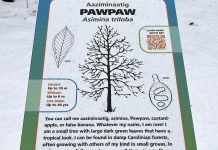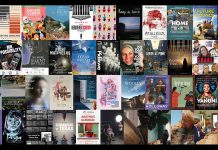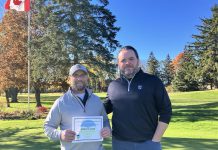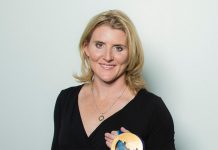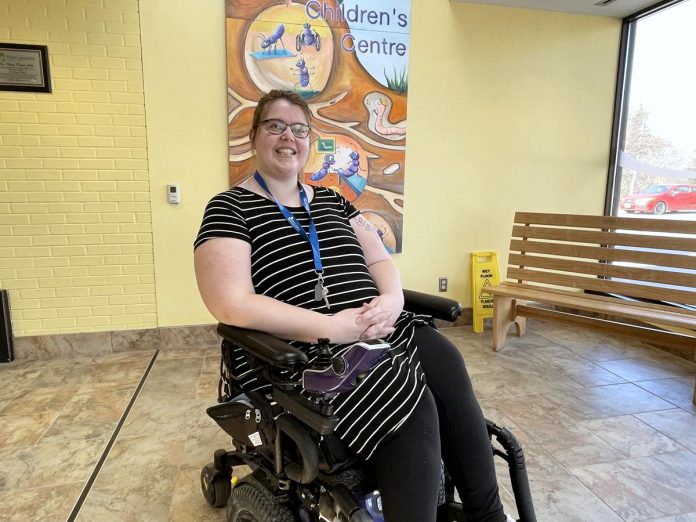
July is often associated with rest and relaxation as summer vacation arrives, but it’s notable for another reason.
July is Disability Pride Month, which celebrates persons who experience disability, their identities and culture, and their positive contributions to society. It’s different than Pride Month festivities in June, which celebrate the LGBTQIA2S+ community. While they fall one after the other, Disability Pride Month is separate and unique in its own right.
The event seeks to change the way people see and perceive disability, promoting all types of disability as a natural part of human diversity. First celebrated in the U.S. in 1990, Disability Pride Month is now marked worldwide — including in Canada where an estimated 27 per cent of people ages 15 years and older (or eight million Canadians) live with a disability.
As one of the millions living with a disability, Disability Pride Month has tremendous value for me to inform and change perceptions about disability.
Growing up with cerebral palsy and related challenges, I was fortunate to come to Five Counties Children’s Centre for treatment as a child. I received physiotherapy and occupational therapy, while also benefiting from recreational therapy and social work support.
Five Counties inspired and supported me to become the person I am today — and I’m blessed to now be able to bring this perspective in my work at the centre.
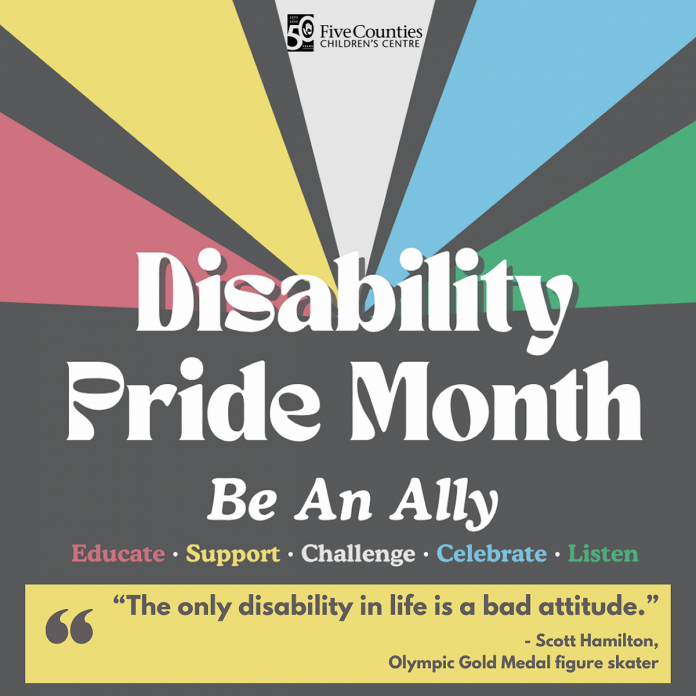
It wasn’t always like that. Growing up in the community, I often felt stigmatized about my disability, believing I had to prove my worth and value, while showing I was capable and competent.
Subtle forms of this still exist today, especially with “ableism” — the assumption that persons with disabilities require “fixing” and that their disability defines them.
We may fall into this trap on occasion, telling someone they “don’t look disabled” as a compliment, or finding ourselves talking louder to someone with a visual impairment (hello … it’s their eyes, not ears, that are affected).
Local author and accessibility advocate Adele Purdham shares a story of having to address ableism when it came to her daughter, Elyse, who has Down Syndrome.
In this case, it was correcting a teacher’s belief that Elyse was only capable of learning basics like the alphabet and counting in school, even thought she had almost mastered these skills at home.
There are many silly assumptions that persist about persons with disabilities, and Disability Pride Month in July is an opportunity to shatter them.
VIDEO: “What does disability pride mean for you”
We can start by challenging ableism — our own and that of others. Evaluate whether you are consciously or subconsciously ableist, and mindfully combat or correct this perception.
Becoming informed about disability history, rights and the lived experience of persons with disabilities can help. After all, knowledge is power and allows us to be more empathetic and understanding.
It also allows us to speak out against ableism and advocate for accessible spaces, events and resources for people of all abilities.
Putting people first — literally — in our words and language is also beneficial. Saying “person with disability” rather than “disabled person” may seem inconsequential, but in fact allows us to acknowledge the person, not the disability, first and foremost.
Each one of us, with or without disabilities, deserves to feel a sense of pride. For persons with disabilities, July is the month to do that.
But it’s also the time to seek allies to work alongside us so we can achieve true respect, equity, and inclusion — an objective that matters every day of the year!






